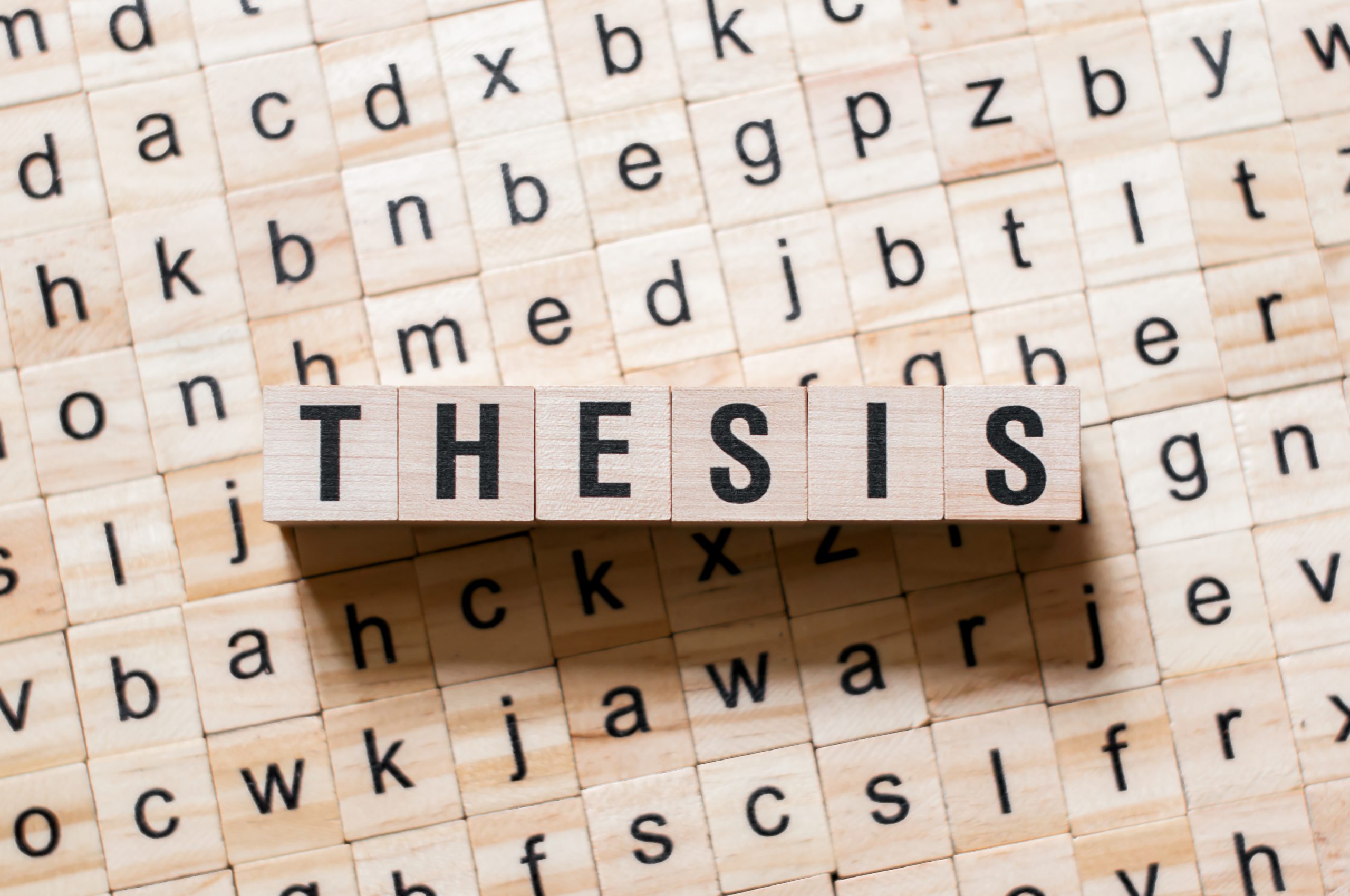“Neurophysiological Investigation of Contrast Ratio Effects on Metacontrast Masking”
Sinirbilim
Danışman: Asst. Prof. Hulusi Kafalıgönül
Tarih: 26 Ağustos
Saat: 15.00
Link:
https://zoom.us/j/96047419957?pwd=bWdjVDRjMisyVFZmTVYvbExnVHo3UT09
Meeting ID: 960 4741 9957 (Passcode: 896970)
Özet:
Visual masking has been used as an investigative tool to understand the dynamics of sensory and perceptual processing. Given that masking can also cause aware and
unaware visual conditions, it has also found applications in visual awareness studies. Metacontrast is a common type of visual masking in which the target visibility is suppressed
by presenting a following and spatially adjacent mask. However, the neural correlates of this common masking type are still open to discussion. Accordingly, the current thesis examined
the influences of mask-to-target (M/T) contrast ratio on metacontrast masking using electroencephalography (EEG). A contour discrimination task was employed to assess target
visibility under different M/T contrast ratios and stimulus onset asynchronies (SOAs). The behavioral results indicated U-shaped masking functions with strong target visibility
suppression at intermediate SOA values for both low and high contrast ratios. Importantly, the contrast ratio significantly altered the suppression amount (i.e., the amount of masking effect)
at these SOAs. Relying on these modulations, we analyzed EEG data and focused on VAN (visual awareness negativity, around 140-200 ms and 200-300 ms) and LP (late positivity,
around 300-550 ms) components. In the VAN component range of 200-300 ms, we found an SOA dependency in evoked potentials. For all the component time ranges, the contrast ratio
did not reveal significant alterations in evoked potentials. Taken together, these findings highlight the significant modulations of contrast ratio on metacontrast masking at intermediate
SOA values. Nevertheless, these alterations were not indicated by the studied event-related potentials and components.
